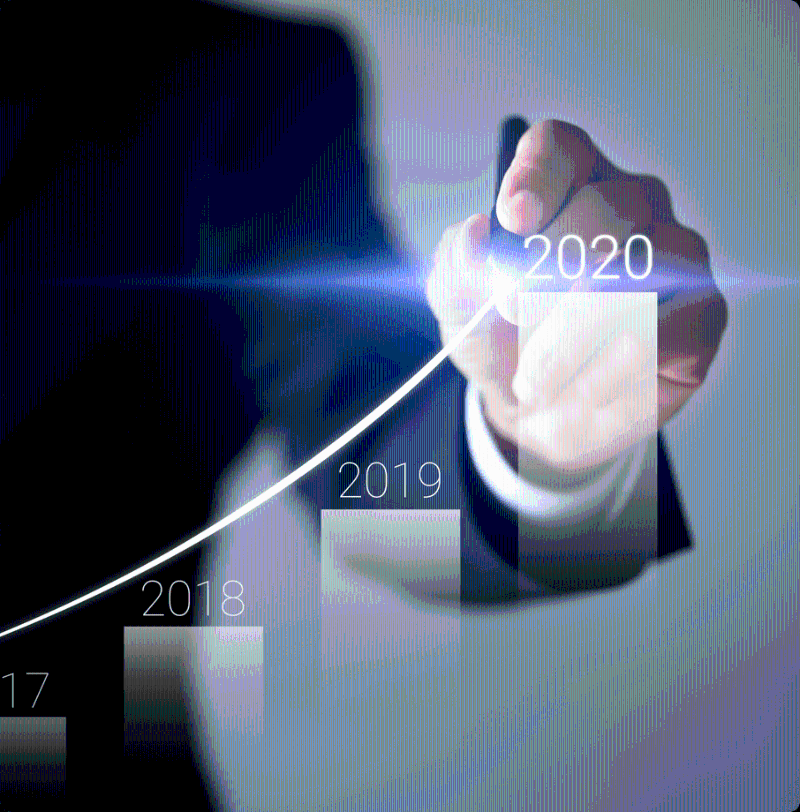
Objectives
The “Empowered & Digital Public Asset Platform” project aims to strengthen the public administration's capacity to manage assets at central and local level, by creating a system to manage and enhance government assets. The new communication, exchange and sharing tools facilitate collaboration and the integration of processes between the Department of Treasury and the other Administrations involved. This innovative system involves a centralised data structure that collects both internal data and data from external sources, enhancing them through artificial intelligence tools that make the data easier to use. In this context, the project helps to achieve several objectives:









